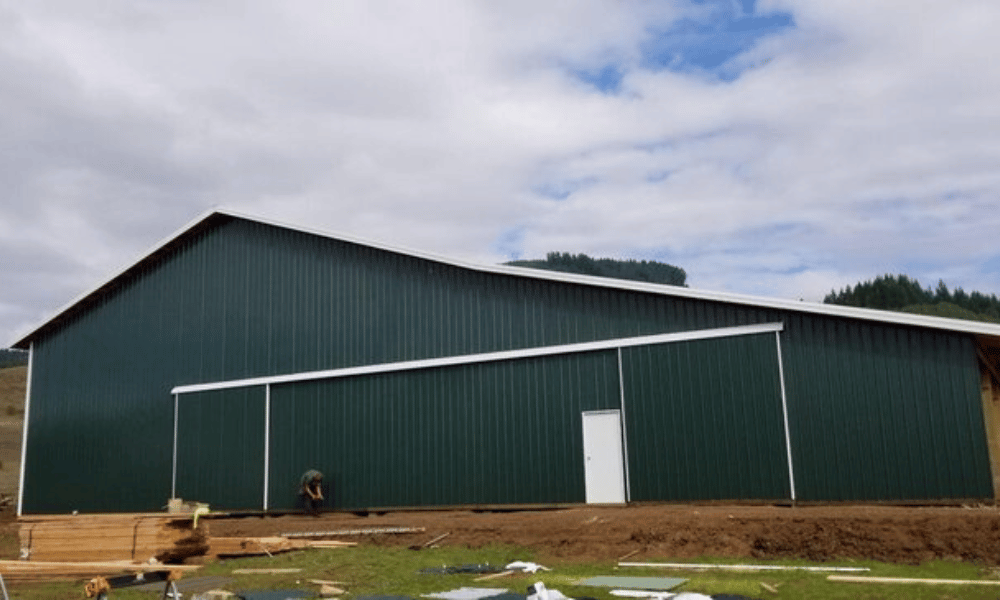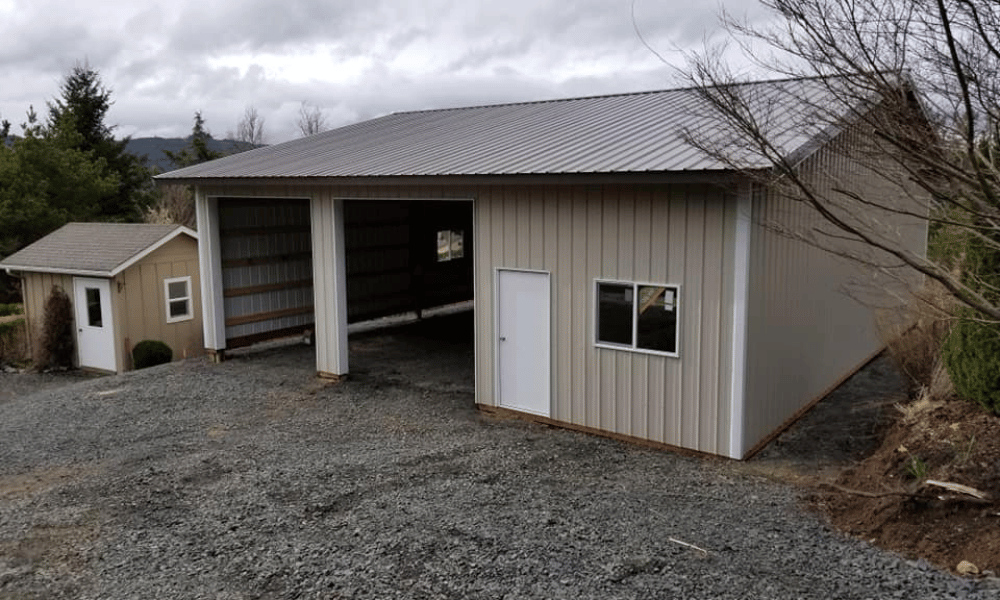Introduction: Understanding the Role of Ventilation in Livestock Care
Ventilation is often the unsung hero in livestock farming, particularly when it comes to pole buildings. These structures are designed with specific purposes in mind, but without adequate ventilation, they can quickly turn into unhealthy environments for livestock. In this article, we'll delve deep into The Importance of Ventilation in Livestock Pole Buildings, covering everything from basic principles to advanced strategies for maintaining optimal air quality.
The Importance of Ventilation in Livestock Pole Buildings
Good ventilation is fundamental to maintaining a healthy environment for animals. Why does ventilation matter so much? Simply put, it affects animal health, productivity, and overall well-being. Proper airflow helps remove harmful gases like ammonia and carbon dioxide while introducing fresh oxygen into the building.
Understanding Ventilation Dynamics
What is Ventilation?
Ventilation refers to the process of exchanging stale indoor air with fresh outdoor air. This is crucial in pole buildings where livestock are housed as it directly impacts animal comfort and productivity.
Types of Ventilation Systems
Natural Ventilation: Utilizes wind and thermal buoyancy to circulate air. Mechanical Ventilation: Employs fans and ducts to control airflow actively. Hybrid Systems: Combines both natural and mechanical methods for enhanced efficiency.The Impact of Poor Ventilation on Livestock
Health Risks Associated with Inadequate Airflow
Poorly ventilated pole buildings can lead to several health problems for livestock:
- Respiratory diseases Heat stress Reduced immune function
Economic Consequences of Poor Air Quality
When animals http://kylernwxm543.lowescouponn.com/how-to-create-a-workshop-area-with-optimal-storage-in-your-pole-barn are not healthy due to poor ventilation, productivity declines:
- Lower milk production Reduced weight gain Increased veterinary costs
Key Factors Affecting Ventilation Efficiency
Building Design Considerations
Orientation: Positioning the building can maximize natural airflow. Roof Height: Taller roofs can facilitate better hot air escape. Window Placement: Strategic window locations can enhance cross-ventilation.Climate Impacts on Ventilation Needs
Different climates necessitate different ventilation strategies:

- Hot climates may require more shade and higher airflow. Cold climates need controlled airflow to prevent drafts while managing moisture.
Best Practices for Effective Ventilation
Regular Maintenance Checks
Conduct routine inspections of your ventilation systems:
- Check fans for functionality Clean ducts regularly Ensure windows open smoothly
Utilizing Technology for Monitoring Air Quality
Monitor parameters such as temperature and humidity using technology:
- Automated sensors can alert you when conditions deviate from acceptable ranges.
Designing a Sustainable Ventilation System for Pole Buildings
Integrating Renewable Energy Sources
Consider solar-powered fans or wind turbines that reduce operating costs while promoting sustainability.
Utilizing Passive Design Features
Incorporate architectural elements that naturally encourage airflow:
Overhangs Louvers Roof ventsThe Role of Insulation in Supporting Ventilation Systems
Proper insulation works hand-in-hand with ventilation systems:
- Helps maintain temperature balance. Reduces energy costs by preventing heat loss or gain.
Real-Life Case Studies of Successful Ventilation Implementations
Case Study 1: Dairy Farm Example
A large dairy farm implemented a hybrid ventilation system that significantly reduced respiratory illnesses among its herd.
Case Study 2: Poultry Operations
Poultry farms utilizing automated climate control systems reported improved feed conversion ratios.
Common Misconceptions About Livestock Building Ventilation
"More Airflow Equals Better Conditions"
Too much airflow can lead to drafts, which may be detrimental during colder months.

"Ventilation Is Only Necessary During Summer"
Winter months also require proper airflow to manage moisture levels effectively.
FAQs on The Importance of Ventilation in Livestock Pole Buildings
Why is ventilation critical for livestock health?- Good ventilation removes harmful gases and introduces fresh air, essential for maintaining health and productivity.
- Signs include foul odors, moisture accumulation, condensation on walls, or visible distress in animals.
- While natural ventilation can be effective, combining it with mechanical methods often yields better results.
- Conduct inspections at least quarterly or after significant weather events that could affect your building's structure.
- Simple adjustments like adding vents or strategically placing fans can enhance airflow without breaking the bank.
- Yes! Proper insulation supports your system by maintaining temperatures and reducing energy costs related to heating or cooling needs.
Conclusion: Emphasizing the Necessity of Proper Airflow Management
The importance of efficient ventilation cannot be overstated in livestock pole buildings; it directly influences animal health, productivity levels, and economic viability within farming operations. By implementing best practices, investing in technology, and understanding your unique environmental conditions, you will create a healthier habitat for your livestock—one where both animals and farmers thrive together harmoniously!
In summary, good air quality is not just an option; it’s a necessity if you want happy animals producing at their peak potential! Make sure you prioritize this essential aspect of livestock management today so you can reap the benefits tomorrow!